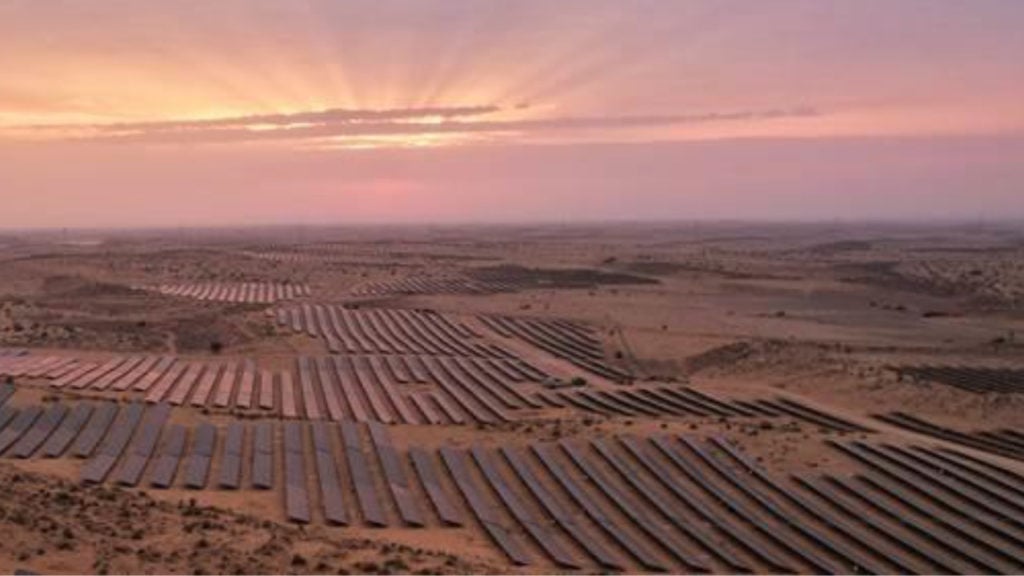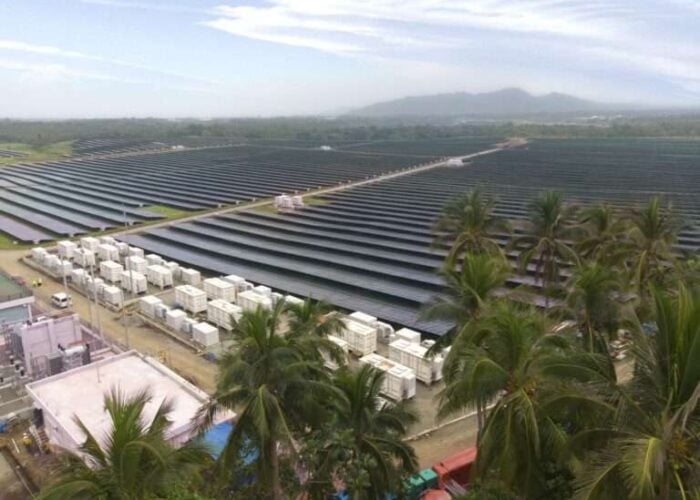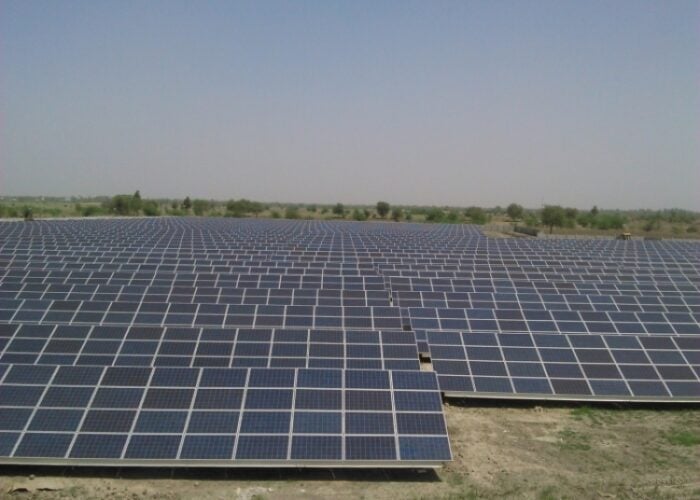
Tata Power Renewable Energy, the developer subsidiary of Tata Power, has commissioned a 431MW solar PV plant in India.
Located in the central state of Madhya Pradesh, the project comprises 560Wp and 565Wp bifacial glass-to-glass modules, along with single-axis trackers. According to the company, the combination of single-axis trackers and bifacial modules will increase the efficiency of the entire system by more than 15%.
Unlock unlimited access for 12 whole months of distinctive global analysis
Photovoltaics International is now included.
- Regular insight and analysis of the industry’s biggest developments
- In-depth interviews with the industry’s leading figures
- Unlimited digital access to the PV Tech Power journal catalogue
- Unlimited digital access to the Photovoltaics International journal catalogue
- Access to more than 1,000 technical papers
- Discounts on Solar Media’s portfolio of events, in-person and virtual
Capacity generated at the plant will be provided to state companies Western Central Railways and MP Power Management.
This project brings the developer’s operational solar PV capacity to 4.4GW, while its renewables development portfolio – with projects in different stages of development – sits at 5.5GW.
The Madhya Pradesh site was commissioned,less than a month after Tata powered a 126MW floating PV (FPV) project. The project was built between two reservoirs and, according to the company, is the largest operational FPV plant in India, surpassing Tata Power’s 101.6MW project in the southern Indian state of Kerala.
Moreover, the company recently signed a power purchase agreement with state-owned utility the Maharashtra State Electricity Distribution Company for a 400MW hybrid solar-wind project in Maharashtra.
Strong year for solar PV in India
Overall, India is poised to end the year with stellar growth in its solar PV capacity additions; energy consultancy JMK Research forecast that the country would add 22.4GW of capacity in 2024. For the first nine months of the year, India added nearly 13.2GW of utility-scale PV capacity, which represents a 161% increase from the same period in 2023.
By the end of the year, utility-scale PV additions are expected to reach 17GW, rooftop solar 4GW and another 1.4GW of off-grid capacity.
The country has also seen significant progress in its solar manufacturing sector, with many solar cell and module capacity plans announced in the past couple of months. In the first half of the year, the country added 11.3GW of annual nameplate capacity for modules and 2GW for solar cells.
In less than two years, the country is forecast to reach an annual nameplate capacity of 60GW for solar cells, which could open opportunities for India to be a strong exporter of its solar manufacturing capacity to the US (Premium access).







